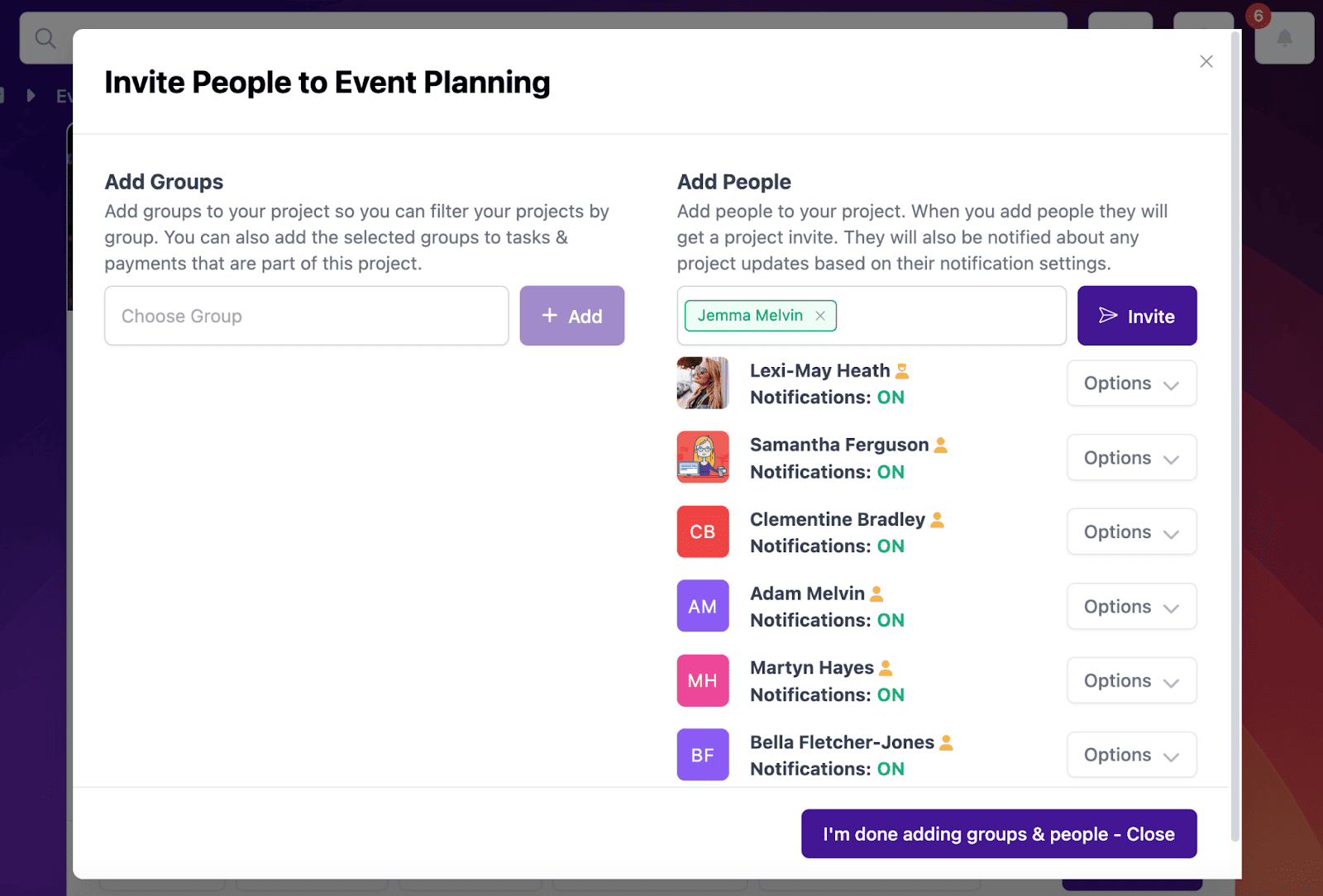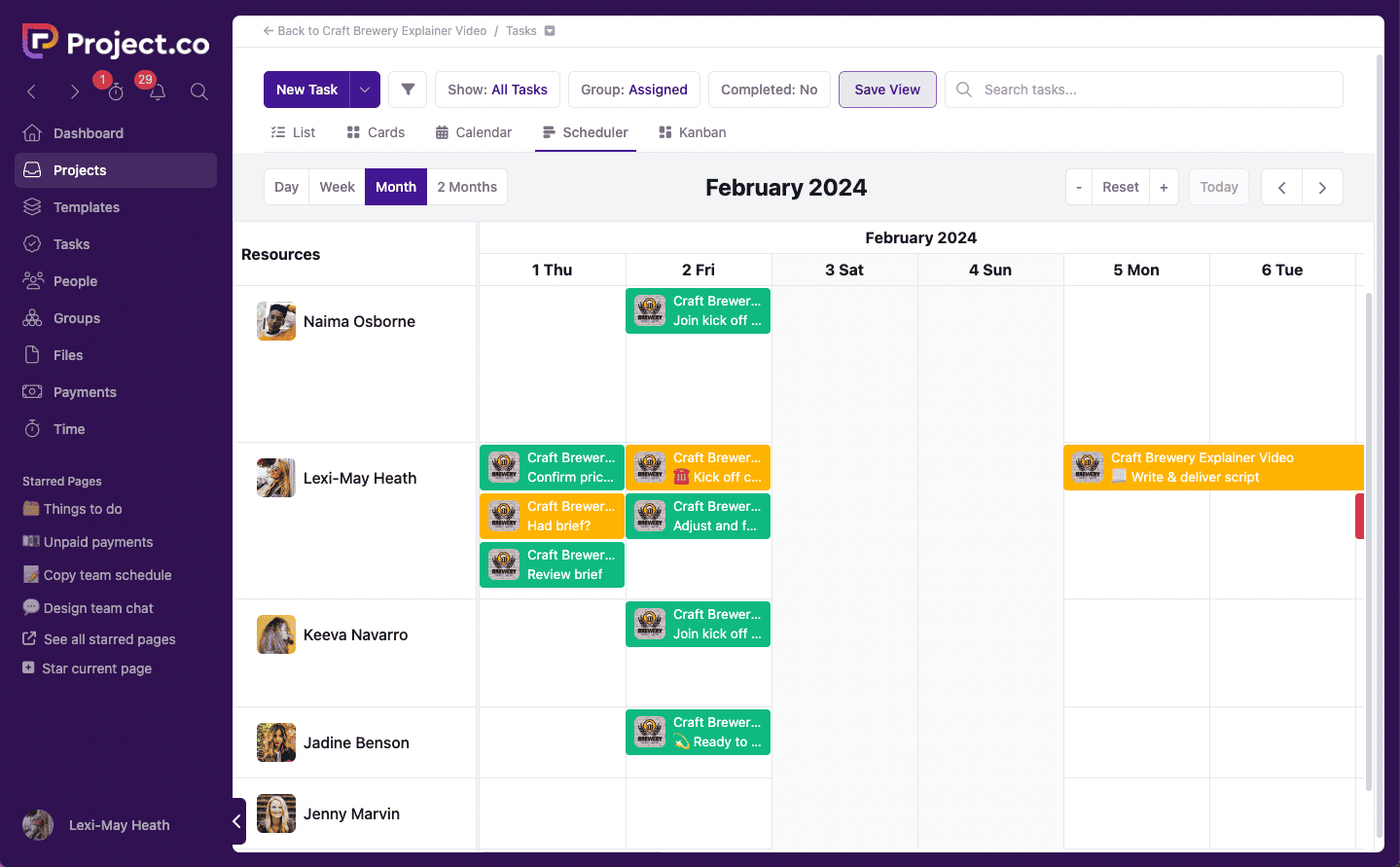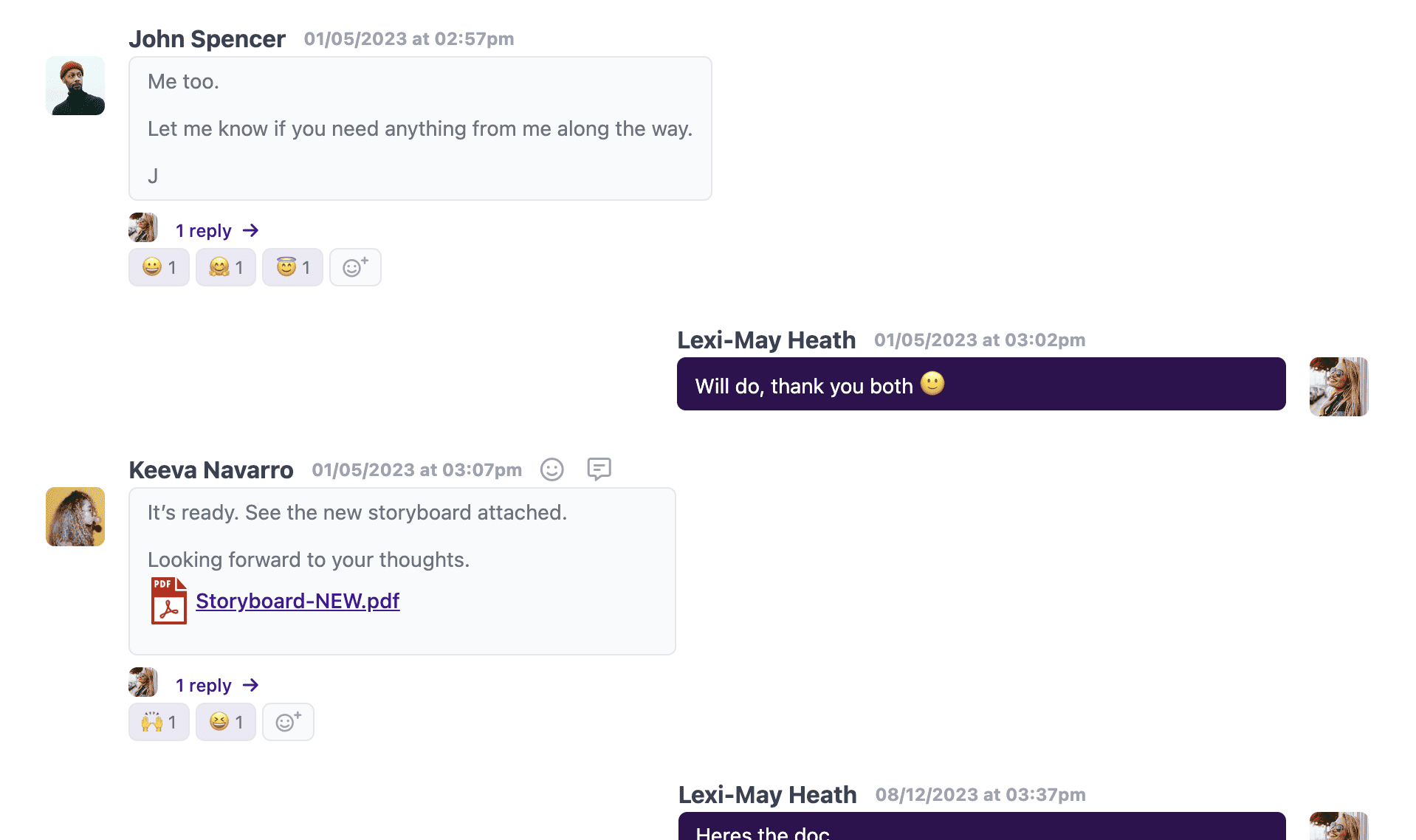Any physical journey requires a destination and a plan to get there. And a project is no different.
Just like when you jump into a car and punch a destination into your GPS (or, for more traditional readers, pull out that trusty A-to-Z!) a project roadmap serves as your project journey guide: the destination, and the route.
For project managers, investing time into creating a roadmap can help ensure that projects stay on track, achieve their goals – and your project team and clients have a better experience along the way.
Without that roadmap, it can be difficult to track progress and ensure that everyone is on the same page.
Projects can hit delays, balloon out of control and run the risk of failure.
In this post, we’ll explain what a project roadmap is, provide templates and examples, and give some tips for creating your own. By the end of this post, you’ll have everything you need to get started!
What are project roadmaps?
A project roadmap, sometimes called a project management roadmap, is essentially a project plan.
It’s an incredibly useful tool, created during the project planning phase, that helps to define the path a project will take to reach its goals.
It provides structure and clarity, making it easier to understand what needs to be done, when, and who’s responsible for doing it.
Ultimately, having one of these roadmaps can help managers make sure that their teams are on track and that resources are going where they need to be.
It also helps with communication, by ensuring everyone knows where the project is headed and how far along the team is on the path towards completion.
It’s for all these reasons (and more!) that having a project roadmap is absolutely necessary for any large-scale projects or initiatives.
Project roadmaps: Examples
One of the great things about a project roadmap is that the methodology works pretty similarly regardless of whether we’re talking about small teams working together on a small software tool or creative project, or massive projects involving thousands of people.
One of the most commonly cited examples of a ‘mega’ project is the Apollo program.
This massive undertaking, designed to put a man on the moon, involved no fewer than 400,000 people and a frankly unimaginable number of tasks, objectives and challenges. To achieve this goal, NASA used a project roadmap to define and organise the various components of the mission.
This roadmap included not only the technical requirements for developing spacecraft, rockets and launch systems, but also objectives related to mission support, training, and public engagement.
And it serves as a reminder that even the most ambitious projects can be successful when they’re planned and organised in a logical way, breaking down complex tasks into manageable parts and empowering people to manage their own areas of responsibility.
Similarly, a team of 3 putting together something as comparatively tiny as a content marketing plan for a small business, might use a similar methodology: setting goals and objectives, breaking it down into tasks, assigning dates and accountability for those tasks, measuring – and celebrating – progress along the way.
How to create a project roadmap
Now that we’ve familiarised ourselves with the basics of project roadmaps, let’s dive in a bit deeper and walk through the essential steps needed to create a successful one.
We’ll go over the groundwork and strategy that goes into putting together a plan to ensure your project moves forward efficiently, as well as examining different techniques on how you can distribute this roadmap among stakeholders and manage it along the way.
So buckle up, because we’re about to start taking a more in-depth look at what it takes to set up and follow an effective project roadmap!
1. Clearly define your project objectives
When it comes to any project, it is essential to have clearly defined goals. Defining your destination is step number one.
Knowing what you’re aiming for allows you to assess what resources are needed in order to achieve them – and helps keep your team on track as the project progresses.
Defining the goals also helps ensure that everyone involved can stay committed and motivated, as they can then focus their efforts on building something everyone understands.
Some project managers find it useful to create a standalone document for this purpose, known as a project charter.
This document defines the project scope and helps manage stakeholder expectations from the very beginning.
A key part of the project planning phase, it gives a fairly high level overview of project deliverables, project goals, key milestones and key stakeholders.
2. Create a project timeline laying out milestones and deliverables
Creating a project schedule of milestones for a project can help keep you organised and on track.
Having a timeline in place with miniature goals that you can check off along the way will provide a sense of accomplishment and motivation for you and help your team to stay focused and continue working.
Make sure to be realistic about deadlines for the different sections or steps so you don’t become discouraged or rushed if the project takes longer than expected.
Setting timelines for different portions of the project also advances your progress because it gives you some direction and limits which keeps things from becoming overwhelming or disorganised.
3. Assign tasks and deadlines to team members
While putting together a timeline for any given project can feel overwhelming and complex, taking the time to assign tasks and set deadlines can save a lot of anxiety and ensure that everything runs smoothly.
As a project manager this is your chance to empower and harness the abilities of your team, bringing ownership and order to the project.
Not only will assigning responsibility in this way help everyone stay organised, it also allows project stakeholders to be aware of their specific roles – while creating an atmosphere of accountability among the team.
By breaking down larger projects into smaller steps and assigning specific roles to each person, it’s possible for teams of all sizes to work toward collective success with greater efficiency.
So don’t hesitate when it comes to task management: get those assignments out there with clear goals in mind!
Make sure your team knows what needs doing and when — then watch everyone step up to their roles with confidence.
4. Roll out your project plan (use Project.co!)
A project management tool like Project.co can be an incredibly valuable asset when it comes to keeping track of progress on any given project. In fact, you can create and manage your whole project roadmap using our software.
First, create your project by simply giving it a name, and adding any other info you’d like to add at this point.

The project dashboard you create is a blank canvas that lets you add the tools and info you need, and ONLY the tools and info you need!

You can invite your whole project team – including team members, clients and even freelancers.

Then create tasks that make up your project schedule/timeline. Give them dates, priority, custom statuses and assign them to people in your team.

Tasks become the daily work lists for everyone in your team, with different task views to see where things are up to.


And the discussion tool gives your team a place to discuss everything in an open forum, with a time-stamped log of what’s discussed.

This whole way of working gives everyone a single source of truth and empowers them to follow the project roadmap to the letter!
5. Measure (and celebrate!) milestones along the way
Your project roadmap is ostensibly a planning document, but that plan doesn’t become obsolete the day the work begins, far from it.
Instead, as we demonstrated above it becomes your project bible. As a project manager, you need to stay on top of the deliverables, tasks and deadlines, ensuring things are unfolding as they’re supposed to – and assigning extra resources where they’re required.
This also gives you opportunities to celebrate. After all, what’s the point of spending all these hours working hard if we don’t celebrate the milestones and mini wins along the way?
Celebrating milestones is an incredibly important part of the project roadmap methodology, because it helps to keep teams motivated and focused on the task at hand.
Taking time out to recognise your team’s accomplishments can also help keep you on track and ensure that everyone is aligned with the project goals.
It helps to create a sense of unity within the team, which allows them to stay engaged and productive, even during more challenging times.
So be sure to take some time out and reward your team for their hard work!
Thanks for reading!
Creating and managing a project roadmap is no easy feat, but it’s essential for long-term success and improved collaboration amongst teams.
With the right tools and strategies in place, you can make sure that your project runs smoothly with minimal stress and maximum productivity.
By breaking down large projects into smaller tasks, setting realistic timelines, utilising project management software, and rewarding milestones, you can ensure that your team is working towards the same goal and staying motivated in the process.
So don’t wait — get to work on creating an effective roadmap today! Here’s a free template to help you get started.


